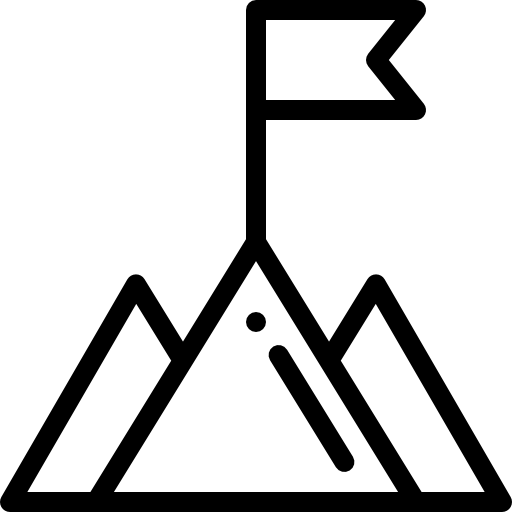Description
This course takes Java beginners to the next level by covering object-oriented analysis and design. You will discover how to create modular, flexible, and reusable software, by applying object-oriented design principles and guidelines. And, you will be able to communicate these designs in a visual notation known as Unified Modelling Language (UML). You will be challenged in the Capstone Project to apply your knowledge of object-oriented design by evolving and documenting the Java codebase for an Android application with corresponding UML documentation. After completing this course, you will be able to: • Apply the Class Responsibility Collaborator (CRC) technique to analyze and design the object-oriented model for a problem. • Explain and apply object-oriented modeling principles and their purpose (e.g., abstraction, encapsulation, decomposition, generalization). • Explain and apply different types of inheritance • Explain the difference between association, aggregation, and composition dependencies. • Express object-oriented models as Unified Modeling Language (UML) class diagrams. • Translate between UML class diagrams and equivalent Java code. • Apply design guidelines for modularity, separation of concerns, information hiding, and conceptual integrity to create a flexible, reusable, maintainable design. • Explain the tradeoff between cohesion and coupling.
Syllabus
- Object-Oriented Analysis and Design
- Good software design begins before coding. After establishing the initial software requirements, design practices involve two main activities: conceptual design and technical design. In this module, you will realize the importance of design and object-oriented thinking, and learn how to design software using techniques like CRC cards.
- Object-Oriented Modeling
- Best software design practices have evolved alongside programming languages. Today, all developers should be familiar with abstraction, encapsulation, decomposition, and generalization, which are fundamental principles in object-oriented design. You will learn all of these principles and how they are expressed in Java and communicated visually in Unified Modelling Language.
- Design Principles
- Additional design principles will help you to create code that is flexible, reusable, and maintainable. In this module you will learn about coupling and cohesion, separation of concerns, information hiding, and conceptual integrity. You will also learn to avoid common pitfalls with inheritance, and ways to express software behavior in UML.
- Capstone Challenge
- In the previous modules you were introduced to object-oriented analysis and design, object-oriented modeling, and design principles. To cement your understanding of this material, you created a UML class diagram from an example Android code base, and used your understanding of the code base to make sequence and state diagrams to model its behavior. Now, in the final module of the course, given a description of new functionality and an updated UML class diagram, you will implement the updated design into the Android code base. After completing this development task, you will be ready to complete the final exam.

 Online Courses
Online Courses  Coursera
Coursera
 Free to Audit
Free to Audit  17 hours 20 minutes
17 hours 20 minutes  Intermediate
Intermediate  Paid Certificate
Paid Certificate 
-
TypeOnline Courses
-
ProviderCoursera
-
PricingFree to Audit
-
Duration17 hours 20 minutes
-
DifficultyIntermediate
-
CertificatePaid Certificate
- Object-Oriented Analysis and Design
- Good software design begins before coding. After establishing the initial software requirements, design practices involve two main activities: conceptual design and technical design. In this module, you will realize the importance of design and object-oriented thinking, and learn how to design software using techniques like CRC cards.
- Object-Oriented Modeling
- Best software design practices have evolved alongside programming languages. Today, all developers should be familiar with abstraction, encapsulation, decomposition, and generalization, which are fundamental principles in object-oriented design. You will learn all of these principles and how they are expressed in Java and communicated visually in Unified Modelling Language.
- Design Principles
- Additional design principles will help you to create code that is flexible, reusable, and maintainable. In this module you will learn about coupling and cohesion, separation of concerns, information hiding, and conceptual integrity. You will also learn to avoid common pitfalls with inheritance, and ways to express software behavior in UML.
- Capstone Challenge
- In the previous modules you were introduced to object-oriented analysis and design, object-oriented modeling, and design principles. To cement your understanding of this material, you created a UML class diagram from an example Android code base, and used your understanding of the code base to make sequence and state diagrams to model its behavior. Now, in the final module of the course, given a description of new functionality and an updated UML class diagram, you will implement the updated design into the Android code base. After completing this development task, you will be ready to complete the final exam.

